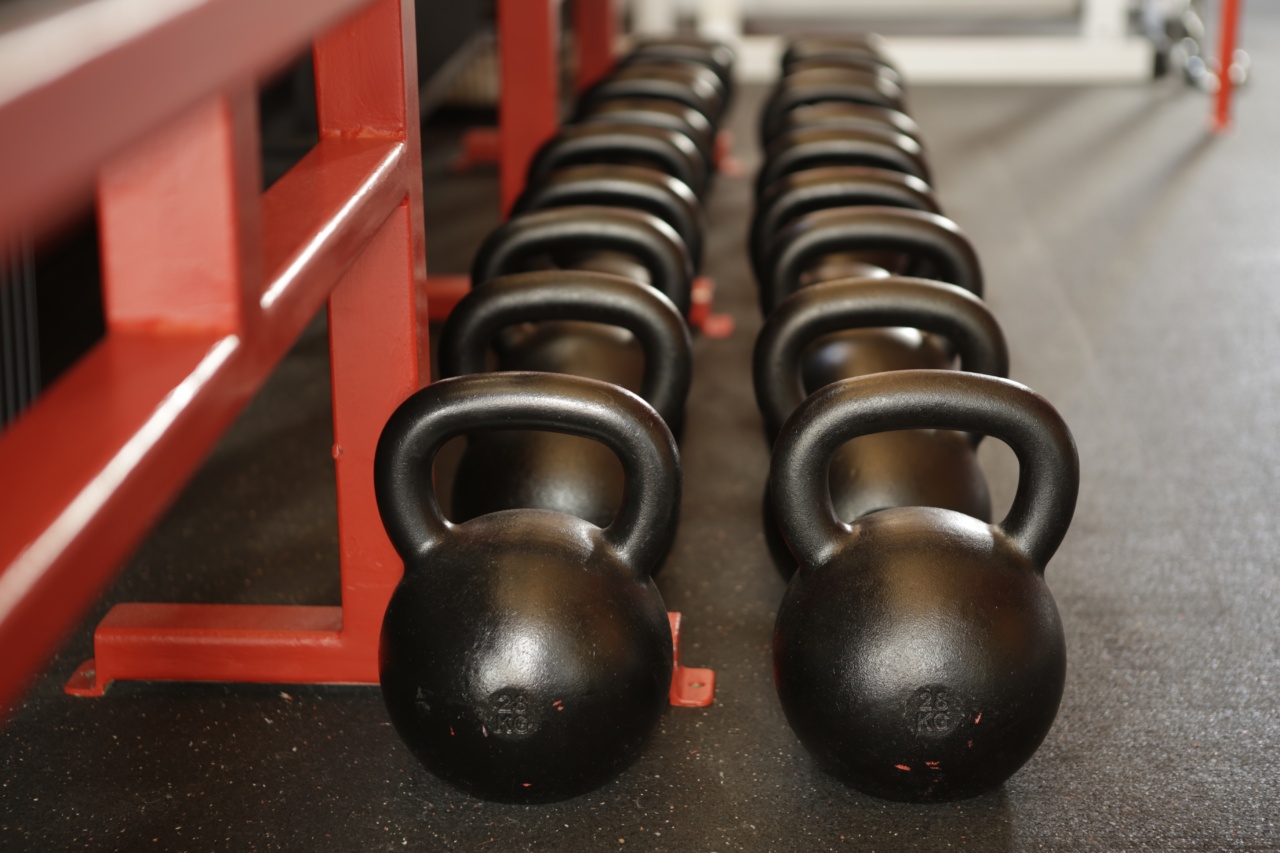Most people associate muscle building with athletes and bodybuilders, but it is a vital aspect of overall health and well-being. Building muscle can help improve our physical and mental health, as well as our quality of life.
In this article, we will discuss the benefits of building muscle and provide tips on how to incorporate muscle-building activities into your daily routine.
The Benefits of Building Muscle
Building muscle has numerous benefits that go beyond just looking good in a swimsuit. Here are some of the top reasons why you should consider incorporating muscle-building activities into your routine:.
Boosts Metabolism
Building muscle increases your body’s metabolic rate, which means that you will burn more calories even when you are at rest. This can be especially beneficial for those who are trying to lose weight or maintain a healthy body weight.
Improves Bone Health
Muscle building is also important for maintaining strong and healthy bones. As we age, our bones can become weaker and more prone to fractures. By building muscle, we can help support our bones and decrease the risk of osteoporosis.
Enhances Physical Performance
Building muscle can improve your physical performance and make it easier to perform daily activities, such as carrying groceries or climbing stairs.
It can also enhance your athletic performance and help you excel in sports or other physical activities.
How to Build Muscle
Now that we’ve discussed the benefits of building muscle, let’s talk about how to get started.
Resistance Training
One of the most effective ways to build muscle is by engaging in resistance training. This can include exercises such as weight lifting, resistance bands, or bodyweight exercises like push-ups or squats.
Aim to do resistance training at least two to three times a week, focusing on different muscle groups each session.
Cardiovascular Exercise
While resistance training is crucial for building muscle, cardiovascular exercise is also important for overall health and fitness. Incorporating cardio into your routine can help improve your heart health, burn calories, and increase your endurance.
Aim to do at least 150 minutes of moderate-intensity aerobic exercise per week, such as brisk walking, cycling, or swimming.
Proper Nutrition
Building muscle requires proper nutrition, so it’s important to fuel your body with the right foods. Aim to eat a balanced diet that includes plenty of protein, healthy fats, and complex carbohydrates.
You may also want to consider supplementing with protein powder or creatine to support muscle growth.
Rest and Recovery
Rest and recovery are just as important as exercise when it comes to building muscle. Aim to get at least seven to eight hours of sleep per night, and allow your muscles time to rest between workouts.
Stretching, massage, and foam rolling can also help prevent injury and aid in muscle recovery.
Incorporating Muscle-Building Activities
Building muscle doesn’t have to involve long hours at the gym or expensive equipment. Here are a few simple ways to incorporate muscle-building activities into your daily routine:.
Walking or Biking Instead of Driving
Incorporate physical activity into your daily routine by walking or biking instead of driving whenever possible. This can help build muscle in your legs and core, while also improving your cardiovascular health.
Bodyweight Exercises
You don’t need fancy equipment to build muscle. Bodyweight exercises like push-ups, squats, and lunges can be done anywhere and are highly effective at building muscle.
Yoga or Pilates
Yoga and Pilates are two forms of exercise that can help build muscle and improve flexibility, balance, and core strength. Look for online classes or local studios to get started.
Conclusion
Building muscle is an essential aspect of overall health and well-being.
By incorporating resistance training, cardio, proper nutrition, and rest into your routine, you can reap the numerous benefits of muscle building, including increased metabolism, improved bone health, and enhanced physical performance. Remember to start small and gradually increase the intensity of your workouts, always listening to your body and avoiding injury.




























